Dish Soap Vinegar Cleaning: Your Secret Weapon for a Sparkling Garden
I’ve always loved the feeling of accomplishment that comes with a thriving garden, but let’s be honest, keeping everything clean and pest-free can feel like a never-ending battle. That’s why I’m so excited to share some amazing dish soap vinegar cleaning tricks I’ve discovered – simple, effective, and completely DIY! For years, I struggled with stubborn grime on my pots and tools, and battling aphids felt like a losing war. Then, I stumbled upon the power of this surprisingly versatile duo.
The history of using vinegar for cleaning stretches back centuries; our ancestors understood its natural cleaning power long before the advent of harsh chemical cleaners. Similarly, soap has been used for centuries for cleaning and hygiene. Combining these two readily available, inexpensive household items creates a powerful, eco-friendly cleaning solution perfect for your gardening needs. This isn’t just about sparkling pots, though; it’s about creating a healthier environment for your plants and protecting them from pests.
Why You Need These Dish Soap Vinegar Cleaning Hacks
In today’s world, we’re all becoming more conscious of the chemicals we use, both for our health and the environment. Harsh commercial cleaners can harm beneficial insects and contaminate your soil, impacting the health of your plants. That’s where dish soap vinegar cleaning comes in. These simple solutions are safe, effective, and incredibly budget-friendly. You’ll learn how to tackle everything from cleaning your gardening tools to creating a natural pest control spray, all using ingredients you probably already have in your kitchen. Get ready to transform your gardening routine with these easy and effective dish soap vinegar cleaning methods!
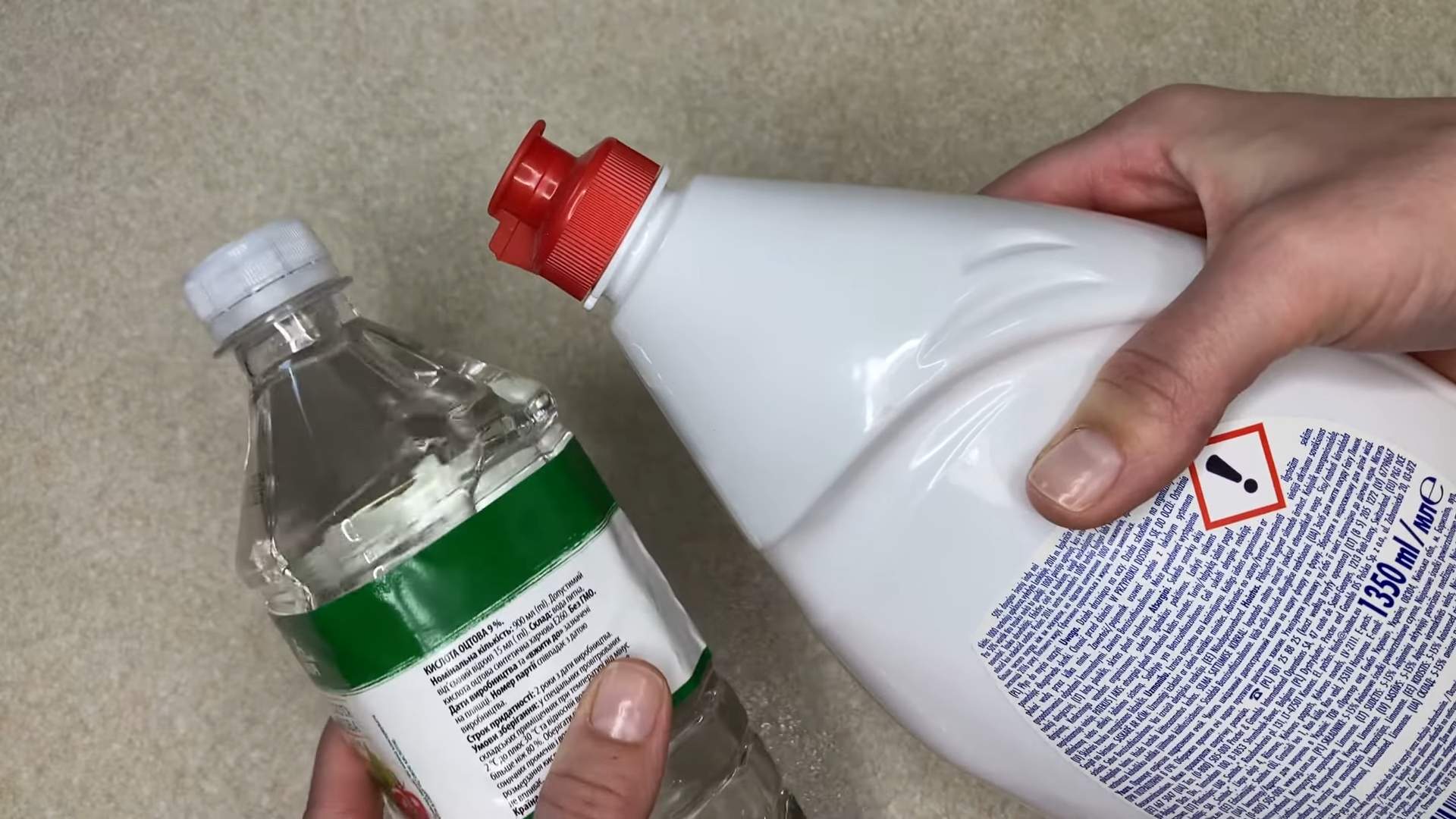
Deep Cleaning Your Home with Dish Soap and Vinegar: A Powerful Duo
I’m a big fan of using what I already have around the house for cleaning. Dish soap and vinegar are two staples in my kitchen, and they’re surprisingly effective at tackling a wide range of cleaning jobs. Forget expensive commercial cleaners – let’s explore how to harness the power of these everyday items!
Gathering Your Supplies
- Dish soap (any brand will do, I prefer a clear one)
- White vinegar (distilled is best)
- Spray bottles (at least two, one for each solution)
- Microfiber cloths (these are amazing for cleaning!)
- Rubber gloves (optional, but recommended for protecting your hands)
- Baking soda (optional, for extra scrubbing power)
- Bucket (optional, for larger cleaning projects)
Making Your Cleaning Solutions
- Dish Soap Solution: Fill one spray bottle about halfway with warm water. Add a squirt or two of dish soap – start small and adjust to your preference. I usually use about a tablespoon for a 16-ounce bottle. Shake well to mix. This solution is great for general cleaning and tackling greasy messes.
- Vinegar Solution: Fill your second spray bottle with undiluted white vinegar. This is your powerhouse solution for cutting through grime, disinfecting, and deodorizing. Vinegar has a strong smell, but it dissipates quickly.
Cleaning Different Surfaces: A Step-by-Step Guide
Cleaning Countertops
- Start by clearing your countertops of any clutter. This makes cleaning much easier and more efficient.
- Spray your countertop generously with the dish soap solution. Focus on areas with visible grease or spills.
- Wipe the surface clean with a microfiber cloth, working in small sections. Rinse the cloth frequently in warm water to remove dirt and grime.
- For stubborn stains, let the dish soap solution sit for a few minutes before wiping. You can also sprinkle baking soda on the stain, let it sit for a few minutes, then gently scrub with the cloth.
- Once you’ve cleaned the entire countertop, rinse it with clean water and dry it with a clean, dry cloth.
Cleaning Your Microwave
- Fill a microwave-safe bowl with about a cup of water and a tablespoon of white vinegar.
- Microwave on high for 5-7 minutes, or until the water is steaming and the inside of the microwave is visibly wet.
- Let the bowl sit in the microwave for another 5 minutes to allow the steam to loosen stuck-on food.
- Use a microfiber cloth or sponge to wipe down the inside of the microwave. The vinegar will help dissolve and loosen any grime.
- For stubborn stains, you can use a paste of baking soda and water to scrub gently.
- Wipe the microwave clean with a damp cloth and then dry it thoroughly.
Cleaning Your Oven (Exterior)
- This method is for the exterior of your oven, not the interior. For the interior, refer to your oven’s manual for specific cleaning instructions.
- Mix equal parts dish soap and warm water in a bowl.
- Dip a microfiber cloth into the solution and wring it out well. You don’t want it dripping wet.
- Wipe down the exterior of your oven, paying attention to the handles, knobs, and any other areas that tend to get greasy.
- Rinse the cloth frequently and use a clean section of the cloth as needed.
- Dry the oven with a clean, dry cloth.
Cleaning Your Sink
- For stainless steel sinks, spray the sink with the vinegar solution. Let it sit for a few minutes to disinfect and cut through grease.
- For porcelain sinks, you can use either the vinegar or dish soap solution. Vinegar is great for removing hard water stains.
- Scrub the sink with a microfiber cloth or sponge, paying attention to any stubborn stains or grime.
- Rinse the sink thoroughly with clean water.
- Dry the sink with a clean, dry cloth to prevent water spots.
Cleaning Your Glass Cooktop
- Important: Always refer to your cooktop’s manual for specific cleaning instructions. Some cooktops are more sensitive than others.
- Sprinkle baking soda lightly over the cooktop.
- Spray the baking soda with the vinegar solution. It will fizz – this is normal!
- Let the mixture sit for about 10-15 minutes to loosen burnt-on food.
- Use a microfiber cloth or a non-abrasive sponge to gently scrub the cooktop.
- Rinse thoroughly with clean water and dry with a clean, dry cloth.
Cleaning Your Showerhead
- Fill a plastic bag with white vinegar.
- Secure the bag around your showerhead using a rubber band.
- Let it soak for at least 30 minutes, or even overnight for really stubborn mineral deposits.
- Remove the bag and wipe the showerhead clean with a microfiber cloth.
- Turn on the shower to rinse away any remaining vinegar.
Cleaning Your Garbage Disposal
- Pour about a cup of white vinegar down the garbage disposal.
- Let it sit for about 30 minutes.
- Run cold water down the disposal for a few minutes.
- For extra cleaning power, you can add a handful of ice cubes and a cup of baking soda to the disposal before running the water.
Important Notes
- Always test any cleaning solution on a small, inconspicuous area first to ensure it doesn’t damage the surface.
- Avoid mixing bleach with vinegar – this creates a dangerous gas.
- Always wear rubber gloves when cleaning with vinegar or dish soap, especially if you have sensitive skin.
- Proper ventilation is important when using vinegar, as it has a strong odor.
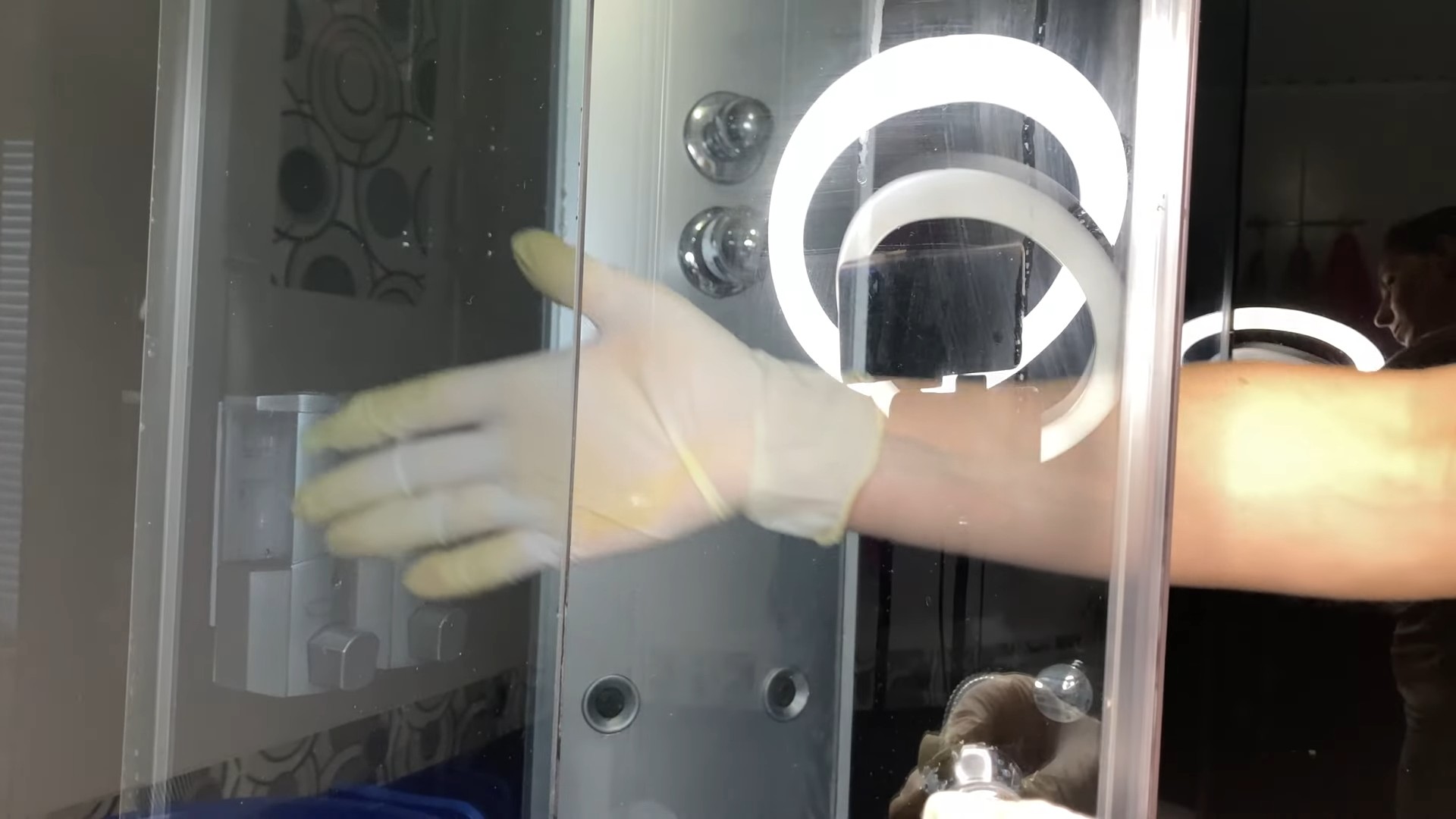
Conclusion
So there you have it – a simple, effective, and surprisingly powerful cleaning solution using just dish soap and vinegar! This dish soap vinegar cleaning method is a must-try for anyone looking to ditch harsh chemicals and embrace a more eco-friendly approach to cleaning. It’s not just about saving money; it’s about creating a healthier environment for yourself and your family. This DIY cleaner cuts through grease and grime with remarkable ease, leaving your surfaces sparkling and smelling fresh. The versatility of this solution is truly impressive; from tackling stubborn kitchen messes to brightening bathroom fixtures, it consistently delivers exceptional results. You’ll be amazed at how effectively this simple combination tackles even the most persistent dirt and stains.
Beyond its cleaning power, the simplicity of this method is a huge advantage. No complicated measurements or obscure ingredients are required. You likely already have everything you need in your pantry! This makes it the perfect solution for busy individuals or anyone who appreciates a quick and easy cleaning routine. This dish soap vinegar cleaning method is a game-changer for anyone seeking a natural, effective, and affordable cleaning solution.
Feel free to experiment with different ratios of dish soap and vinegar to find what works best for you and your specific cleaning needs. For extra cleaning power, consider adding a few drops of your favorite essential oil for a pleasant, natural scent. Lavender, lemon, and tea tree oil are all excellent choices. You can also adjust the water-to-solution ratio depending on the surface you’re cleaning. For heavily soiled areas, a more concentrated solution might be beneficial, while for delicate surfaces, a more diluted solution is recommended. Remember to always test a small, inconspicuous area first before applying the solution to the entire surface.
We encourage you to try this dish soap vinegar cleaning method and share your experiences with us! Let us know which surfaces you cleaned, what results you achieved, and any variations you experimented with. Your feedback will help others discover the power of this simple yet effective cleaning solution. Join the growing community of eco-conscious cleaners who are embracing the power of natural ingredients and saying goodbye to harsh chemicals. Share your success stories on social media using #DishSoapVinegarClean and inspire others to make the switch to a greener, cleaner lifestyle.
Frequently Asked Questions
We understand you might have some questions about this cleaning method. Here are some answers to frequently asked questions:
Is this cleaning solution safe for all surfaces?
While generally safe, it’s crucial to test this solution on an inconspicuous area first. Avoid using it on delicate surfaces like polished wood or certain types of stone without prior testing. Always refer to the manufacturer’s cleaning instructions for specific materials.
What type of dish soap should I use?
Any standard dish soap will work. Avoid using highly scented or specialized dish soaps, as these may leave behind unwanted residues or react negatively with the vinegar. A simple, unscented dish soap is ideal.
Can I use this solution on my windows and mirrors?
Yes, this solution is excellent for cleaning windows and mirrors, leaving them streak-free. However, ensure you thoroughly rinse the surfaces after cleaning to prevent any residue from the soap.
How do I store the solution?
Store the solution in a clearly labeled spray bottle in a cool, dry place. It’s best to use it within a week or two for optimal effectiveness. While it’s unlikely to spoil, the cleaning power might slightly diminish over time.
What are some alternative uses for this solution?
Beyond general cleaning, this solution can be used to clean ovens (after initial scrubbing), remove sticky residue, deodorize garbage disposals, and even clean pet messes. Its versatility is truly remarkable.
Can I use this on my stainless steel appliances?
Yes, but test on an inconspicuous area first. Always rinse thoroughly and dry with a soft cloth to prevent water spots. Avoid abrasive scrubbing.
What if I don’t have white vinegar?
While white vinegar is preferred for its lack of color and odor, other types of vinegar can be used, but be aware that they may leave behind a slight color or scent. Apple cider vinegar, for example, may leave a faint smell.
Is this solution effective against mold and mildew?
While this solution can help clean up some mold and mildew, it might not be as effective as specialized mold and mildew cleaners for heavy infestations. For severe cases, consider using a commercial product specifically designed for mold and mildew removal.
How often can I use this cleaning solution?
You can use this solution as often as needed for your regular cleaning routine. Its natural ingredients make it a safe and sustainable choice for daily or weekly cleaning.
Where can I find more information on eco-friendly cleaning?
Numerous online resources and books offer detailed information on eco-friendly cleaning practices. Searching for “eco-friendly cleaning tips” or “natural cleaning solutions” will provide a wealth of information.


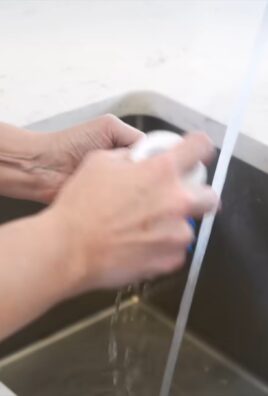
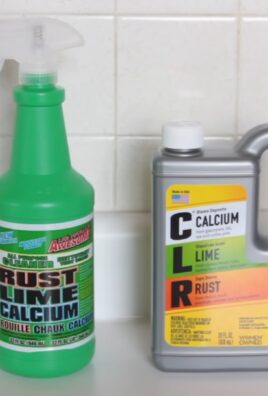
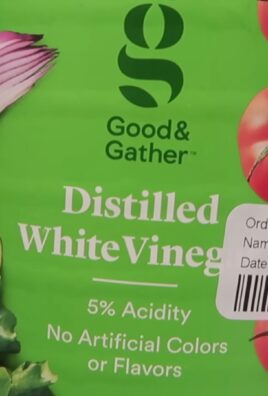
Leave a Comment